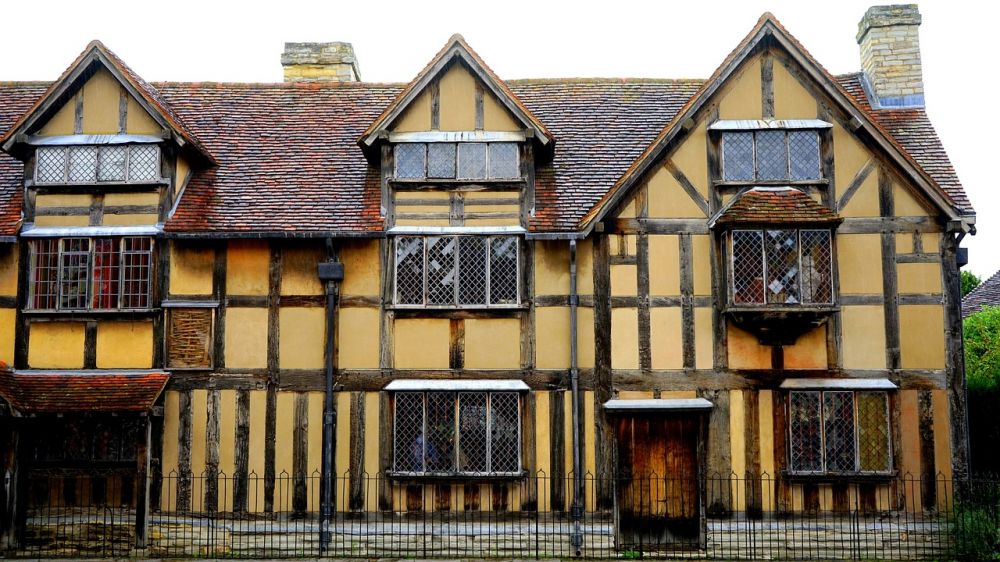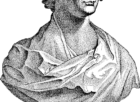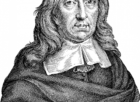The Raven by Edgar Allan Poe: A Deep Dive into the Classic Poem

Introduction:
“The Raven” by Edgar Allan Poe is one of the most renowned and captivating poems in literature. Its haunting narrative and mesmerizing rhythm have made it a timeless piece of art that continues to captivate readers even after more than a century since its publication. In this article, we will delve into the depths of “The Raven,” highlighting its significance, historical evolution, and why it continues to hold a special place in the hearts of art enthusiasts and collectors.
The Importance of “The Raven”:

“The Raven” is a narrative poem written by Edgar Allan Poe and first published in 1845. It tells the story of a heartbroken man who is visited by a talking raven, which becomes his tormentor and a symbol of his grief and despair. The poem’s exploration of themes such as death, loss, and the human psyche has made it a crucial piece in understanding Poe’s style and contribution to the genre of Gothic literature.
Historical Evolution of “The Raven”:
“The Raven” was an instant success upon its publication, garnering both critical acclaim and popular reception. Its unique blend of eerie atmosphere, intricate rhyme scheme, and poignant subject matter set it apart from the contemporary poetry of that time. The poem’s popularity grew rapidly, and it soon became one of Poe’s most famous works during his lifetime.
Over the years, “The Raven” has been subject to many adaptations and interpretations in various art forms, including theater, film, and music. Its influence can be seen in the works of numerous artists and writers who were inspired by Poe’s captivating imagery and dark storytelling. The poem has become an iconic piece of literature, shaping not only the Gothic genre but also popular culture in general.
Structure and Analysis:
“The Raven” is written in trochaic octameter, utilizing a consistent rhyme scheme (ABABCBB). This structured format helps intensify the poem’s musical rhythm, creating an eerie and haunting atmosphere that stays with the reader long after the words have been read.
The poem consists of eighteen stanzas, each with six lines. It follows the journey of the narrator as he engages in a one-sided conversation with the raven, gradually descending into madness. The repetitive and melancholic phrase “nevermore” adds to the poem’s impact, symbolizing the narrator’s increasing despair and his inability to escape from the grasp of his own torment.
The enigmatic nature of “The Raven” has sparked numerous debates and interpretations over the years. Critics have suggested that the raven represents a symbol of death or the narrator’s inner demons, while others view it as a manifestation of the narrator’s grief and descent into insanity. Poe’s meticulous use of symbolism and dark imagery leaves room for personal interpretation, allowing readers to form their own connections and meaning from the poem.
Conclusion:
“The Raven” by Edgar Allan Poe remains an unparalleled masterpiece in the realm of poetry. Its gripping narrative, poetic craftsmanship, and exploration of universal themes continue to resonate with readers, making it a must-read for any art lover or collector. The poem’s historical significance and enduring legacy serve as a testament to Poe’s genius and his ability to delve into the human psyche with captivating storytelling.
Whether it is the chilling repetition of “nevermore” or the haunting image of a talking raven, “The Raven” leaves an indelible mark on the reader’s mind, inviting them to explore the depths of human emotions and the fragility of the human soul. As we continue to appreciate and analyze this timeless work of art, we are reminded of the transformative power of literature and its ability to transcend time, language, and cultures.











